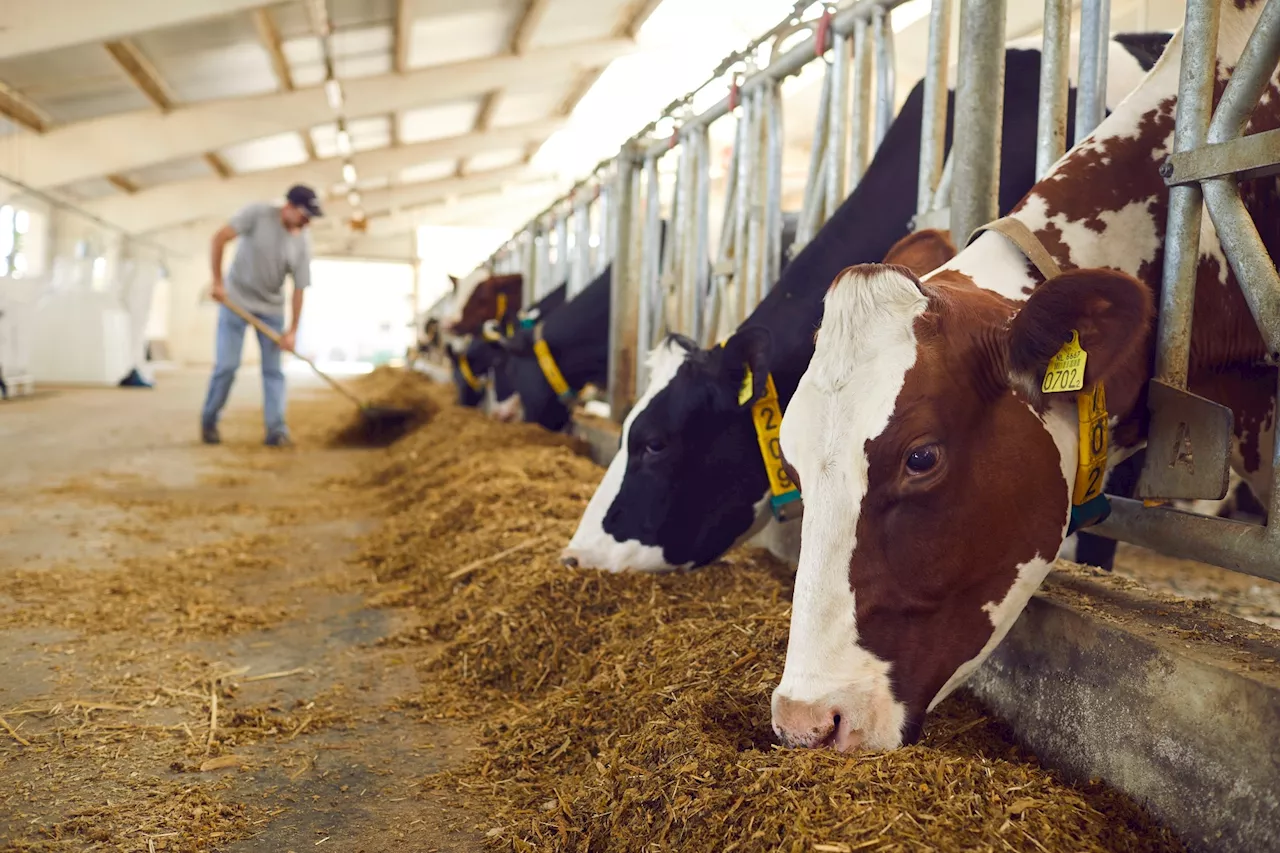Researchers discovered that the H5N1 avian influenza virus has spilled over into dairy cattle in the US, posing significant cross-species transmission risks. Their multidisciplinary study reveals the virus's evolution and its zoonotic potential, emphasizing the need for heightened biosecurity measures.
By Hugo Francisco de SouzaReviewed by Susha Cheriyedath, M.Sc.Jul 25 2024 In a recent study published in the journal Nature, scientists in the United States report the spillover of the highly pathogenic avian influenza H5N1 virus in cattle across several United States regions. They further document the detailed symptomatic outcomes of the resulting disease in these bovine populations.
HPAI H5N1 is alarming, given its potential for spillover . It has been reported to be transmitted from infected poultry populations into wild birds , mammals , and even humans . The World Health Organization documented 860 human infections and more than 430 deaths since 2003 . About the study The present study documents the January-to-March 2024 morbidity event in American cattle across TX and its neighboring states. It uses a detailed multidisciplinary approach incorporating clinical, epidemiological, and phylogenomic investigations to elucidate the pathophysiology of the virus and the genetic underpinnings of its spillover potential.
Virus-shedding investigations were conducted to elucidate the source and duration of viral transmissions following initial infections. Excised tissues from cows, dead birds, and mammals were subjected to histological examinations. Finally, phylogenomic analyses were conducted to isolate the etiological source of the viral strain and the genetic underpinnings of its substantial spillover.
"Histological examination of tissues from affected dairy cows revealed marked changes consisting of neutrophilic and lymphoplasmacytic mastitis with prominent effacement of tubuloacinar gland architecture which were filled with neutrophils admixed with cellular debris in multiple lobules in the mammary gland.
Flu H5N1 Avian Influenza Evolution Genetic Genomic Influenza Mammary Gland PPE Respiratory Respiratory Illness Virus
United Kingdom Latest News, United Kingdom Headlines
Similar News:You can also read news stories similar to this one that we have collected from other news sources.
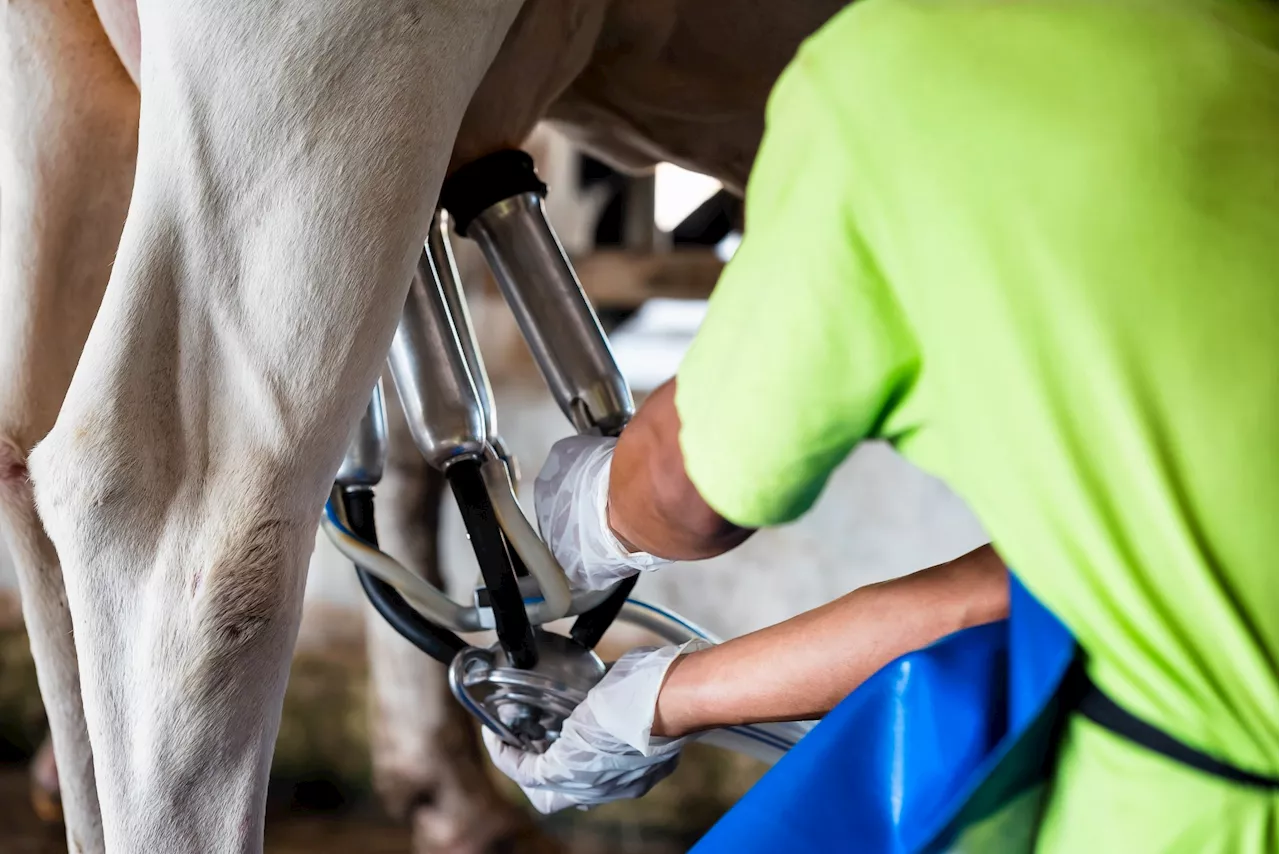 Study warns of H5N1 avian flu risk from unpasteurized milk in dairy farmsResearchers found that the H5N1 avian influenza virus can persist in unpasteurized milk on milking equipment, posing an infection risk to dairy workers. They recommend protective gear and sanitization to prevent virus transmission.
Study warns of H5N1 avian flu risk from unpasteurized milk in dairy farmsResearchers found that the H5N1 avian influenza virus can persist in unpasteurized milk on milking equipment, posing an infection risk to dairy workers. They recommend protective gear and sanitization to prevent virus transmission.
Read more »
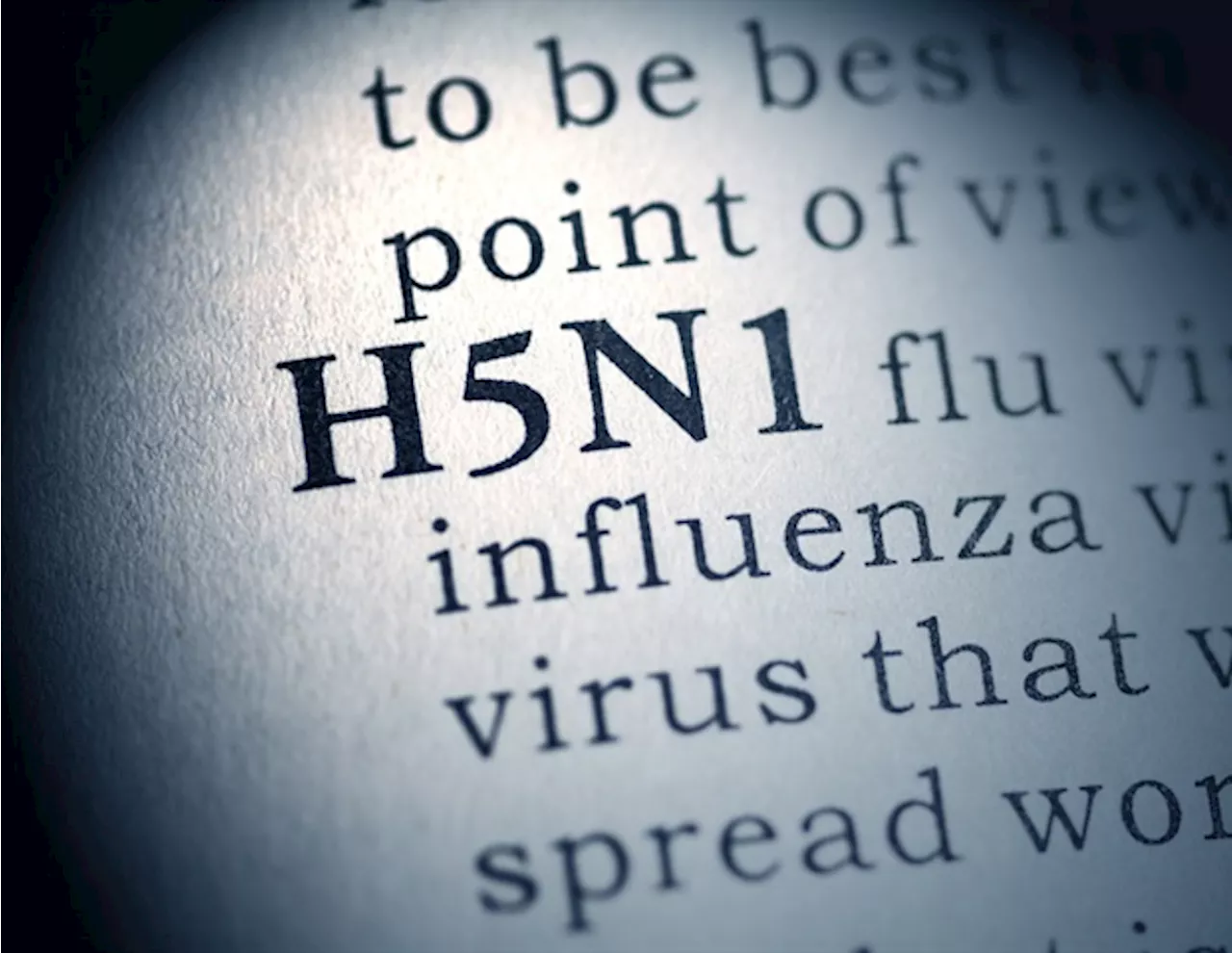 Cow's milk may spread H5N1 flu, but airborne transmission is limitedWhile H5N1 avian influenza virus taken from infected cow's milk makes mice and ferrets sick when dripped into their noses, airborne transmission of the virus between ferrets -; a common model for human transmission -; appears to be limited.
Cow's milk may spread H5N1 flu, but airborne transmission is limitedWhile H5N1 avian influenza virus taken from infected cow's milk makes mice and ferrets sick when dripped into their noses, airborne transmission of the virus between ferrets -; a common model for human transmission -; appears to be limited.
Read more »
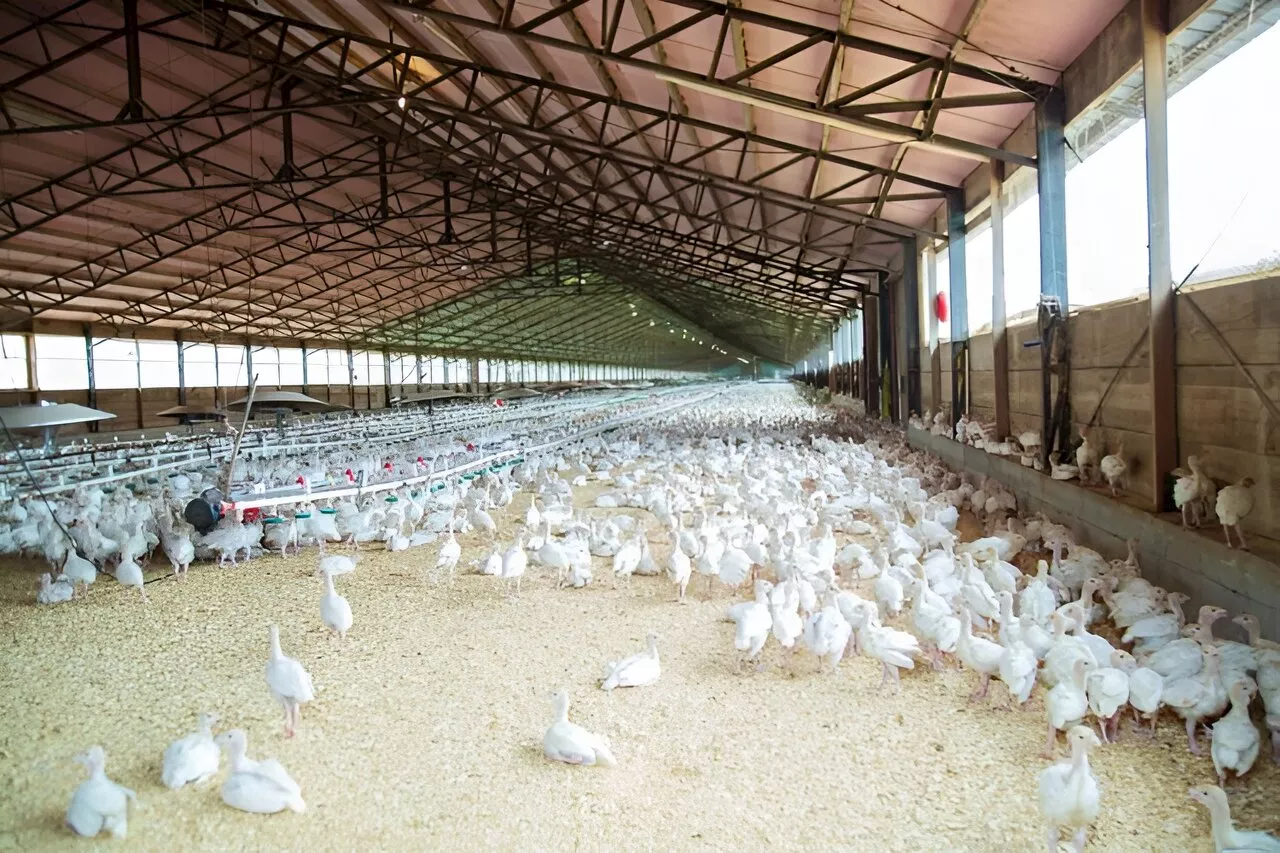 Q&A: How the H5N1 bird flu outbreak could become humanity's problemFour years ago, as attention locked onto COVID-19, another virus began circling the globe. A major outbreak of a new strain of bird flu—formally named influenza A virus subtype H5N1—has since killed millions of wild birds and infected poultry, dairy cattle, domestic cats and a small number of humans.
Q&A: How the H5N1 bird flu outbreak could become humanity's problemFour years ago, as attention locked onto COVID-19, another virus began circling the globe. A major outbreak of a new strain of bird flu—formally named influenza A virus subtype H5N1—has since killed millions of wild birds and infected poultry, dairy cattle, domestic cats and a small number of humans.
Read more »
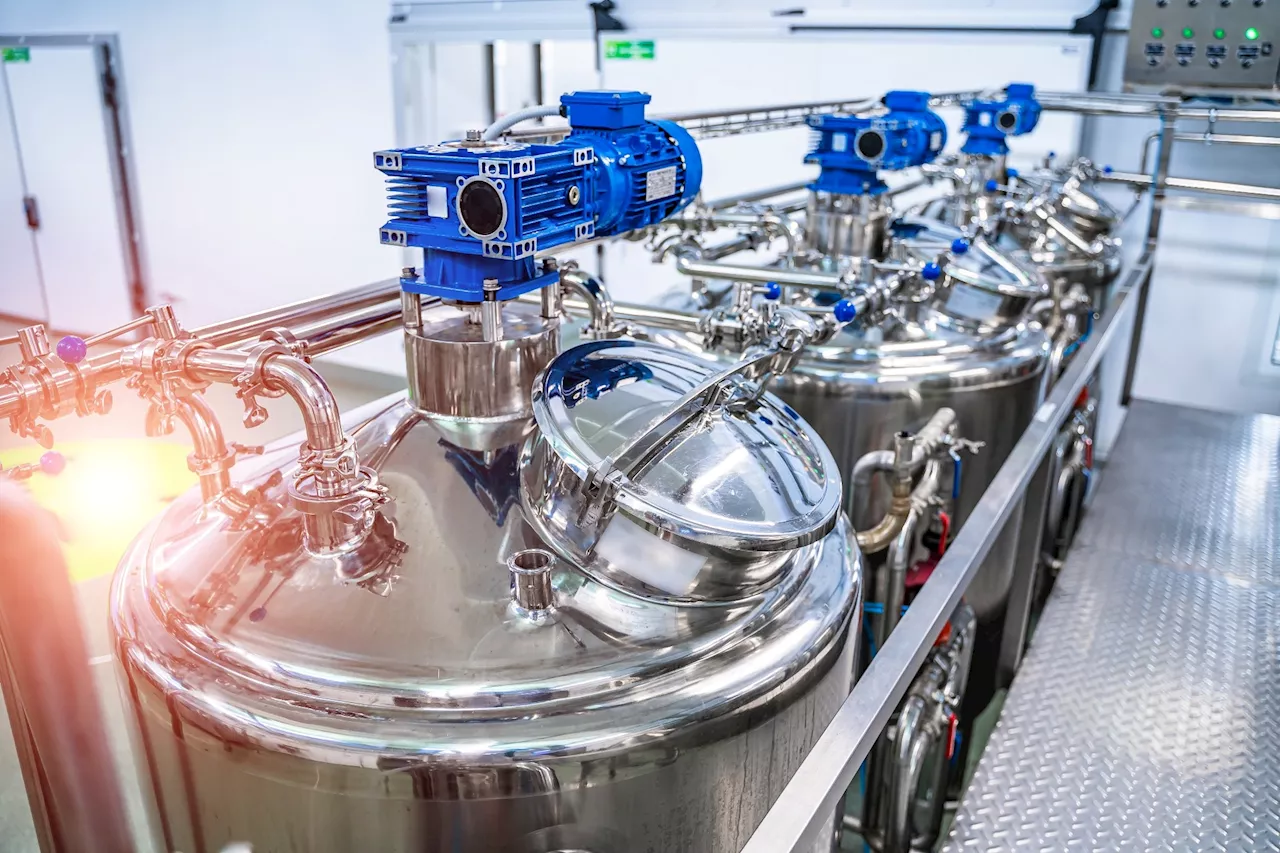 FDA commercial pasteurization process kills H5N1 bird flu virus in milkA study by FDA and USDA confirms that commercial milk pasteurization effectively inactivates the Highly Pathogenic H5N1 Avian Influenza virus in cattle milk. This ensures the safety of the U.S. milk supply against this virus.
FDA commercial pasteurization process kills H5N1 bird flu virus in milkA study by FDA and USDA confirms that commercial milk pasteurization effectively inactivates the Highly Pathogenic H5N1 Avian Influenza virus in cattle milk. This ensures the safety of the U.S. milk supply against this virus.
Read more »
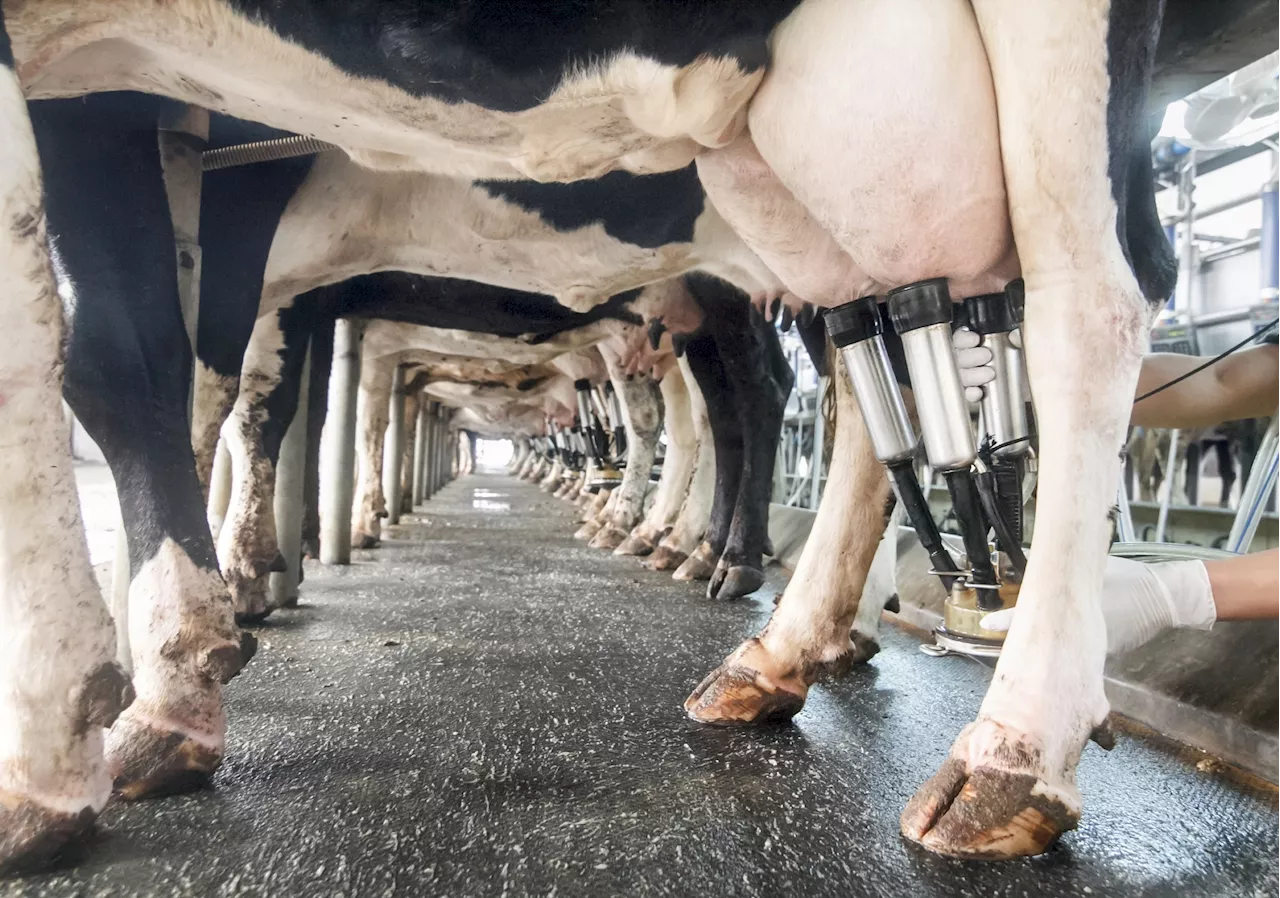 Bovine H5N1 flu virus in cow milk poses significant health risks, study showsStudy characterizes the pathogenicity and transmission dynamics of the H5N1 influenza virus in bovine milk, highlighting significant public health risks and potential mammalian transmission.
Bovine H5N1 flu virus in cow milk poses significant health risks, study showsStudy characterizes the pathogenicity and transmission dynamics of the H5N1 influenza virus in bovine milk, highlighting significant public health risks and potential mammalian transmission.
Read more »
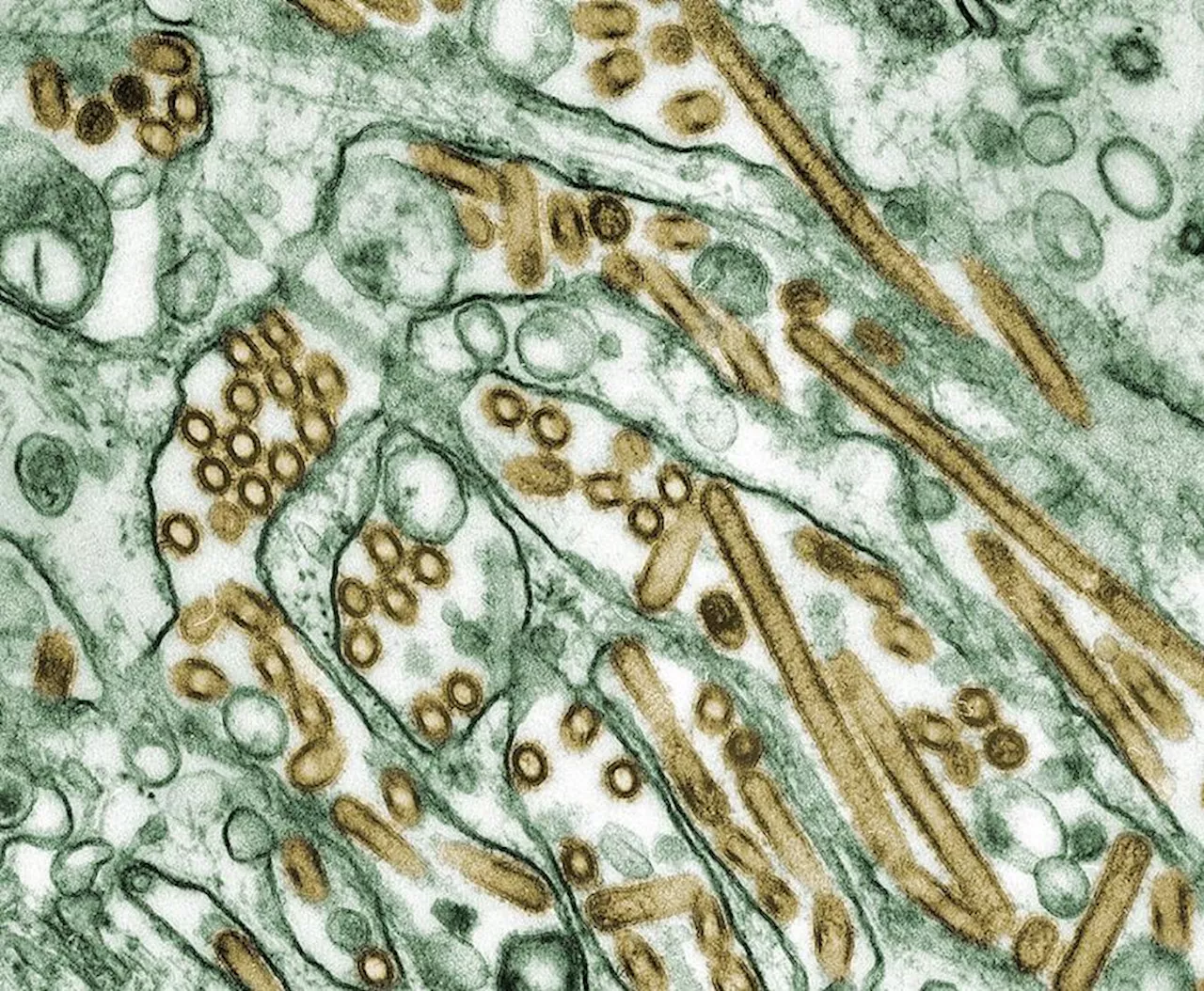 Q&A: Will H5N1 avian influenza evolve to become more dangerous to humans?H5N1 highly pathogenic avian influenza (HPAI) was first detected in dairy cattle in Texas on March 25 and has since spread to several additional states. The Centers for Disease Control and Prevention (CDC) has confirmed multiple human infections in which the individuals were exposed to infected dairy cattle.
Q&A: Will H5N1 avian influenza evolve to become more dangerous to humans?H5N1 highly pathogenic avian influenza (HPAI) was first detected in dairy cattle in Texas on March 25 and has since spread to several additional states. The Centers for Disease Control and Prevention (CDC) has confirmed multiple human infections in which the individuals were exposed to infected dairy cattle.
Read more »
